Management

Generally, organisational structures are divided into three types: functional, divisional and matrix. Functional organisational structure is associated with dividing organisation into different departments such as IT, finance, marketing according to their functions. Divisional organisational structure, on the other hand, relate to organisations where divisions are formed on the basis of geographical locations or product lines. In this type of organisational structure each division possesses its own departments such as IT, finance, marketing and others. Matrix organisational structure comprises elements of functional and project-based organisations. Employees in this type of organisations report to two bosses – project leaders and heads of functional departments.
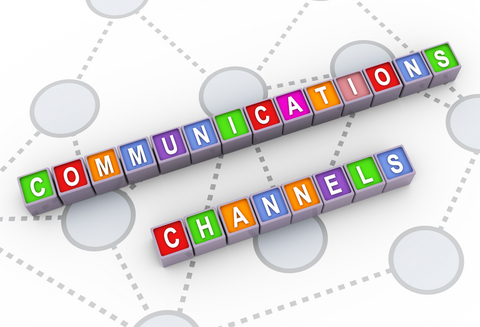
Channels of communication can be divided into four categories: nuturative, requisitive, directive, and emotive. Moreover, employees can also be divided into reactor, workaholic, persister, dreamer, rebel, and promoter categories. Pauley and Pauley (2009) correspond the utilisation of each of these channels to the types of employees in the following manner: Type Channel Reactor Nuturative Workaholic Requestive Persister Requestive Dreamer Directive Rebel Emotive Promoter Directive Source: Pauley and Pauley (2009) References Pauley, J.A. & Pauley D.J. (2009) “Communication: The Key to Effective Leadership” ASQ Quality Press

Verbal Communication Verbal communication is facilitated with the use of voice and words. Generally, the key elements of verbal communication include words, sound, languages, and the physical act of speaking. The majority of verbal communication account for casual exchanges with other people. In verbal communication there is a clear and personal communication link between senders and receivers. Challenges associated with verbal communication include poor choice of wording, physical disabilities, ineffective utilisation of communication techniques, and subjective opinions. The outcomes of verbal communication between managers and subordinates can be compromised in terms of achieving its objectives through the negative impact of certain factors. These factors include poor listening skills of managers, emotional barriers, use of inappropriate language. Non-verbal Communication The majority of communication is facilitated in non-verbal ways. Non-verbal communication can be divided into the following eight categories: facial expression, appearance, haptics, gestures, eye gaze, paralinguistics, proxemics, and body language and posture. One of the main differences of non-verbal communication from verbal communication can be specified in a way that in former form the communication can be done intentionally, as well as, unintentionally. In other words, when an individual is experiencing specific feelings such as boredom, excitement, or fear, his or her feelings can be communicated through non-verbal channels even when the individual does not aim to communicate them intentionally.
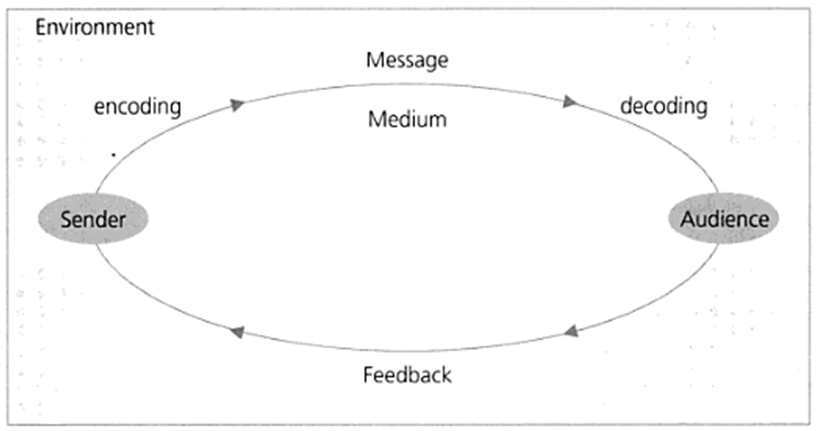
The model of interpersonal communication assists in comprehending elements and interactions relevant to the communication process. Communication models can be linear or cyclical. The Model of Interpersonal Communication illustrated below acknowledges communication as a continuous process and appreciates the impact of each element on the overall outcome of communication. Source: Cleary (2008) Sender In the process of communication the sender is an individual that initiates the communication in the first place. Also, specified as source, encoder or communicator, the sender has the primary responsibility of the contents of the message. Medium Medium in a communication process can be explained as a form in which the message is transmitted by a sender to a receiver. Medium can be divided into two categories: written and spoken. Written medium include book, letter, e-mail, fax, memo and any other written format, whereas spoken mediums include but not limited to lectures, presentations, interviews, telephone conversations and others. The choice of medium in communication depends on a wide range of factors that include the duration of time available, the level of importance of the message, geographical distance between sender and receiver, and cost considerations. Audience Receiver, also referred to as an audience is the individual to whom the message is directed by the sender. Communication outcome depends on the ability of the receiver to understand the message. The manner in which receiver comprehends the message depends on individual life experiences and cultural background. Decoding Decoding comprises the process of receiving, interpreting and comprehending the message by receiver. A range of factors impacting this stage of the communication process include the type of message, the quality of the use of language by the sender, possible emotional barriers and others. Feedback Feedback can be explained as the response of the receiver to the…
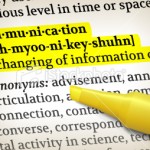
The origin of the term of ‘communication’ is linked to the Latin word of ‘communis’ that means common. There are many definitions of communication. One of the most comprehensive definitions of communication can be proposed as “the process of creating meaning between two or more people through the expression and interpretation of messages” (Cleary, 2008, p.xii). In simple terms, communication can be defined as a process in which a message is encoded by a sender and passed to receiver through certain channels, or order for the message to be decoded. Adppted from: Anthony Wanis-St.John’s “Communication and Negotiation” References Cleary, S. (2008) “Communication: A Hands-on Approach” Juta

Employee morale is “a composite of feelings and attitudes that individuals and groups have toward their work, working condition, supervisors, top level management, and the organisations” (Leonard, 2012, p.375), whereas motivation can be defined as “the process that determines the reinforcement value of an outcome” (Kalat, 2010, p.375). Strategies offered to Managing Director in terms of repairing employee morale and boosting motivation include determining the types of employee motivation, applying to the most immediate needs of employees, adopting an individualistic approach in employee motivation, using an effective combination of tangible and intangible motivational tools, and achieving equity in motivation. The rationale behind each of these strategies is discussed below in greater details. 1. Determining the Types of Employee Needs It is important to determine types of employee need in order to repair employee morale and boost the level of motivation at Company. McClelland’s Achievement Motivation (1965) can be used to deal with this task. McClelland (1965) divides employee needs into three groups: need for achievement, need for power, and need for affiliation. It has to be noted that all three types of needs – need for achievement, need for power, and need for affiliation can be possessed by any one individual; nevertheless, specific type of need generally prevails over others for each individual. Accordingly, managers need to engage in employee motivation taking into account their specific needs. For example, employees that have need for power can be effectively motivated by positions with greater level of responsibility. Motivation of employees with a greater need for affiliation, on the other hand, can be achieved through publicly acknowledging their contribution to the achievement of organisational goals in front of groups in general, and their immediate team members in particular. 2. Applying to the Most Immediate Needs of Employees Maslow’s Hierarchy of…

The structure of an organisation is a formal framework for making decision through which division; coordination and grouping of tasks are done. It defines the organization units and policies explicitly and states the procedures and objectives of the organization. A representation of the organisational structure can be done using a chart which shows relationship between different jobs, departments and leaders. The structure of an organization shows the hierarchy in responsibility and management of the organisation. It is essential for management during implementation of changes to an organization and acts as a guide to new recruits in the organization.
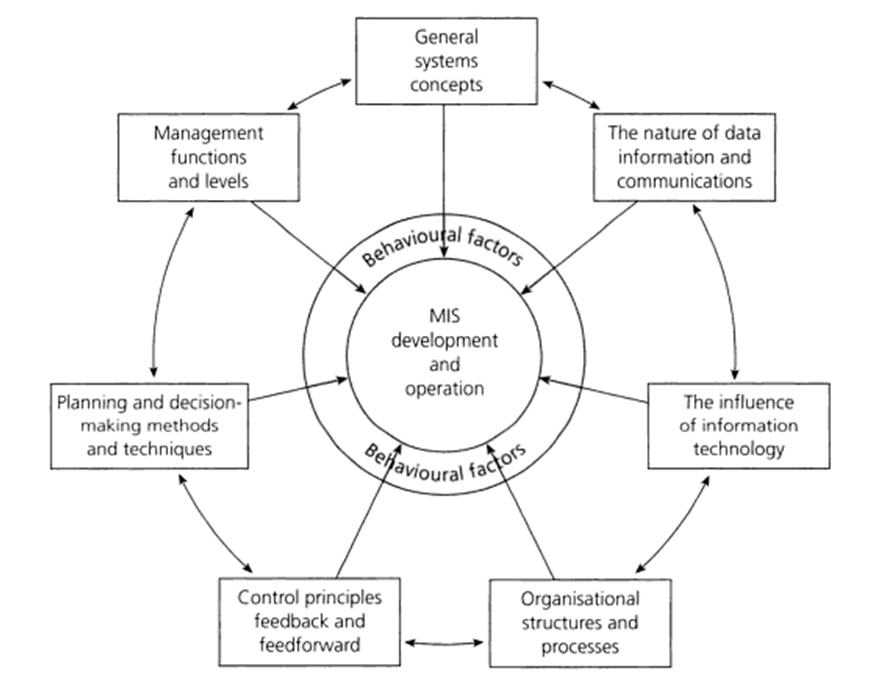
Management Information System can be defined as “a system to convert data from internal and external sources into information and to communicate that information, in an appropriate form, to managers at all levels in all functions to enable them to make timely and effective decisions for planning, directing and controlling the activities for which they are responsible” (Lucey, 2004, p.2). Alternatively, Management Information System can be defined as “a computer-based system that provides information and support for managerial decision making” (Daft et al, 2010). In simple terms, Management Information System represents a system used by managers to collect updated and comprehensive data in order to engage in informed and effective decision making. Management Information System is a much broader concept than just handling data in a way that Management Information System stands for data analysis in accordance with a range of important factors such as organisational culture, relevant policies and procedures and wider business environment. Adoption of Management Information System principles in an appropriate manner is going to provide Company the advantages of engaging in informed planning, mini Management Information Systeming the level of information overload, and increasing the level of coordination between various departments of the company. Moreover, Management Information System can have a positive contribution on employee performance evaluation and improvement at Company and it can also serve as a valuable tool for identifying current position of the company in the marketplace and formulating growth strategies. The five important functions of management information systems have been identified by Pride et al (2009) to consist of the following points: Collecting data. The collection of data that is necessary for decision making in short-term and long-term perspectives. Storing data. Keeping the data in an effective format in order to ensure that they can be the right of data can be…
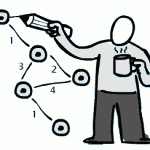
A critical path can be explained as “a series of tasks which, if delayed, would affect the completion date of the overall project” (Shelly and Rosenblatt, 2011, p.113). Critical path analysis is the path through the network with the greatest total duration. A project can have more than one critical path, if several paths tie for the greatest duration (Denvir, 2010). Network or critical path analysis is a technique used to help plan, run and monitor projects. This technique can be applied to any type of project. And a network consists of activities and events. The network shows the sequence of jobs that determine the shortest time to complete the project. It highlights the critical path or critical activities. These are the critical jobs or tasks in the project where any delay results in the whole project being delayed. In other words, these critical activities have no flexibility; they must start and finish on time in order for the project to be completed on time. A Simple Example Let’s suppose that a UK-based restaurant is aiming to enter Chinese market The following table illustrates activities that need to be undertaken in order to enter Chinese market. Activities Duration Dependency A) Dealing with legal issues 3 weeks – B) Renting buildings 4 weeks A C) Design of restaurants 4 weeks A, B D) Employee recruitment and selection 5 weeks – E) Setting up supply-chain management 6 weeks A F) Marketing initiatives 5 weeks C G) Training of employees 2 weeks C, D H) Opening the restaurant 1 week C,E, G The application of critical path analysis to these activities leads to the construction of the following figure: Critical path for the completion of the project would be the longest path in terms of time duration. Accordingly, as it can be…
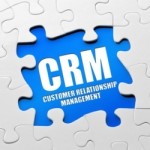
Customer relationship management has been defined as “a business approach that integrates people, processes, and technology to maximise relationships with customers” Goldenberg (2008, p.3). Moreover, it has been stated that customer relationship management “characterises a management philosophy that is a complete orientation of the company toward existing and potential customer relationships” (Raab et al, 2008, p.6) Mueller (2010) characterises customer relationship management aspect of the business as a highly dynamic, and convincingly argues that businesses have to adopt a proactive approach in devising relevant programs and initiatives in order to remain competitive in their industries. Sinkovics and Ghauri (2009) relate the necessity for engaging in customer relationship management to high cost of direct sales, highly intensifying level of competition in the global level, and need for information about various aspects of the business in general, and consumer behaviour in particular, that can be used to increase the levels of sales. According to Peppers and Rogers (2011), there is global tendency in customer relationship management that relates to the shift from transactional model towards the relationship model. In other words, Peppers and Rogers (2011) argue that satisfying customer needs as a result of on-time transaction is not sufficient today in order to ensure the long-term growth of the businesses. Instead, businesses have to strive to maintain long-term relationships with their customers in order to maintain flexibility to adopt their increasing expectations and thus achieving their life-long loyalty. Peppers and Rogers (2011) further stress that, businesses that refuses to acknowledge this tendency in the global marketplace would be risking their market share and growth prospects in the future. One of the most critical sources for the research is the book “Relationship Marketing and Customer Relationship Management” authored by Brink and Berndt (2009). The book offers an in-depth discussion of the concept of…
